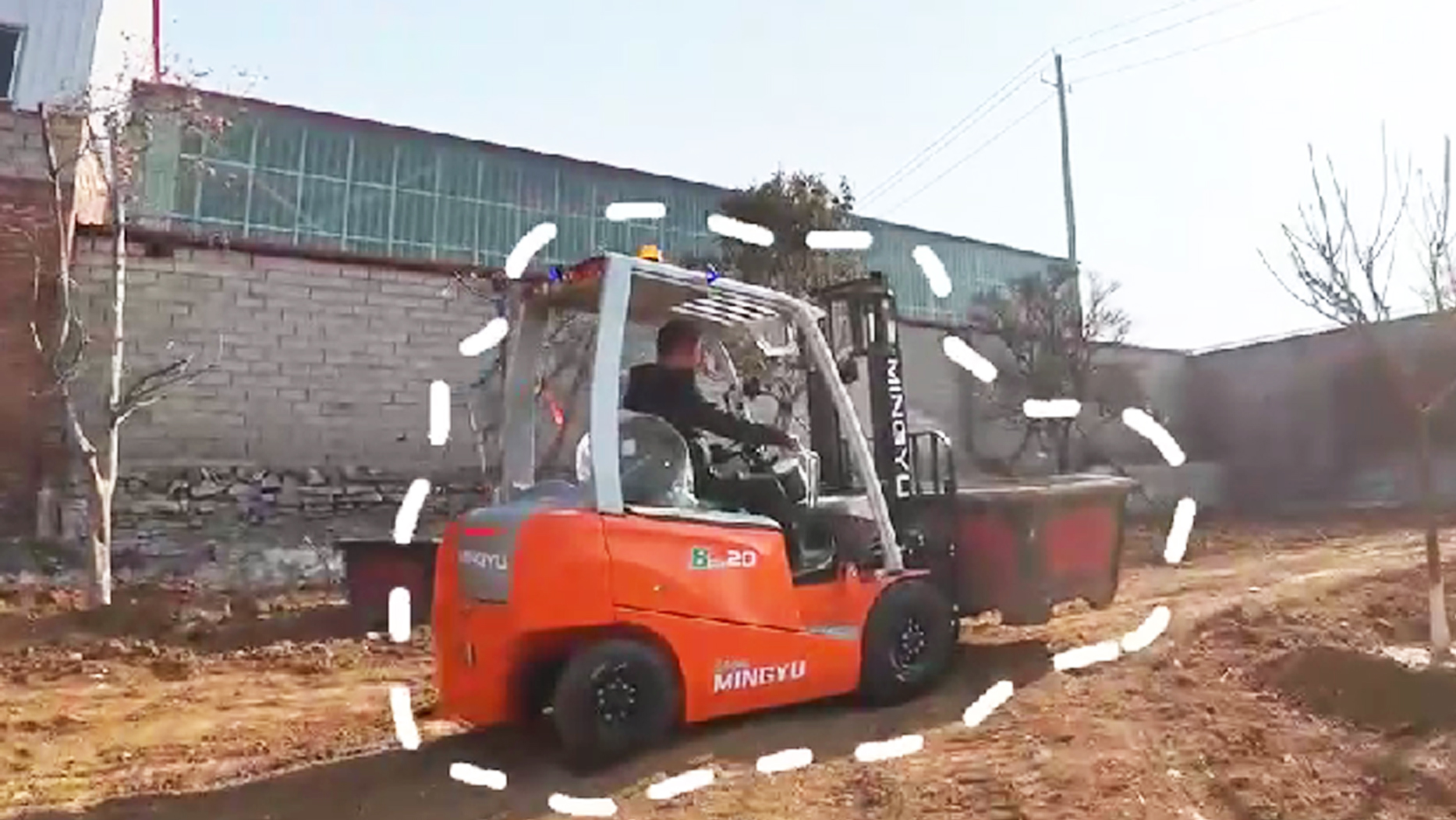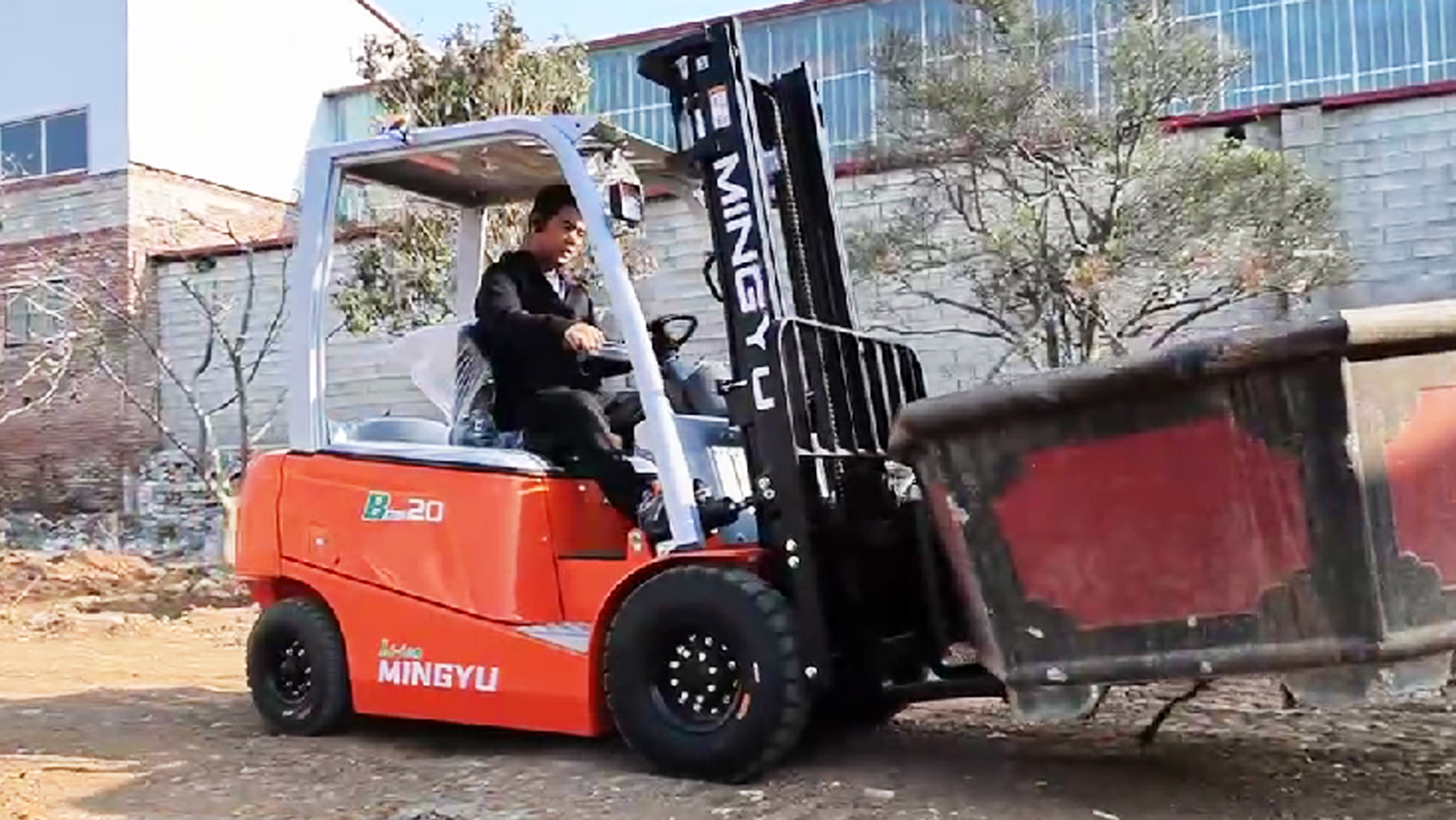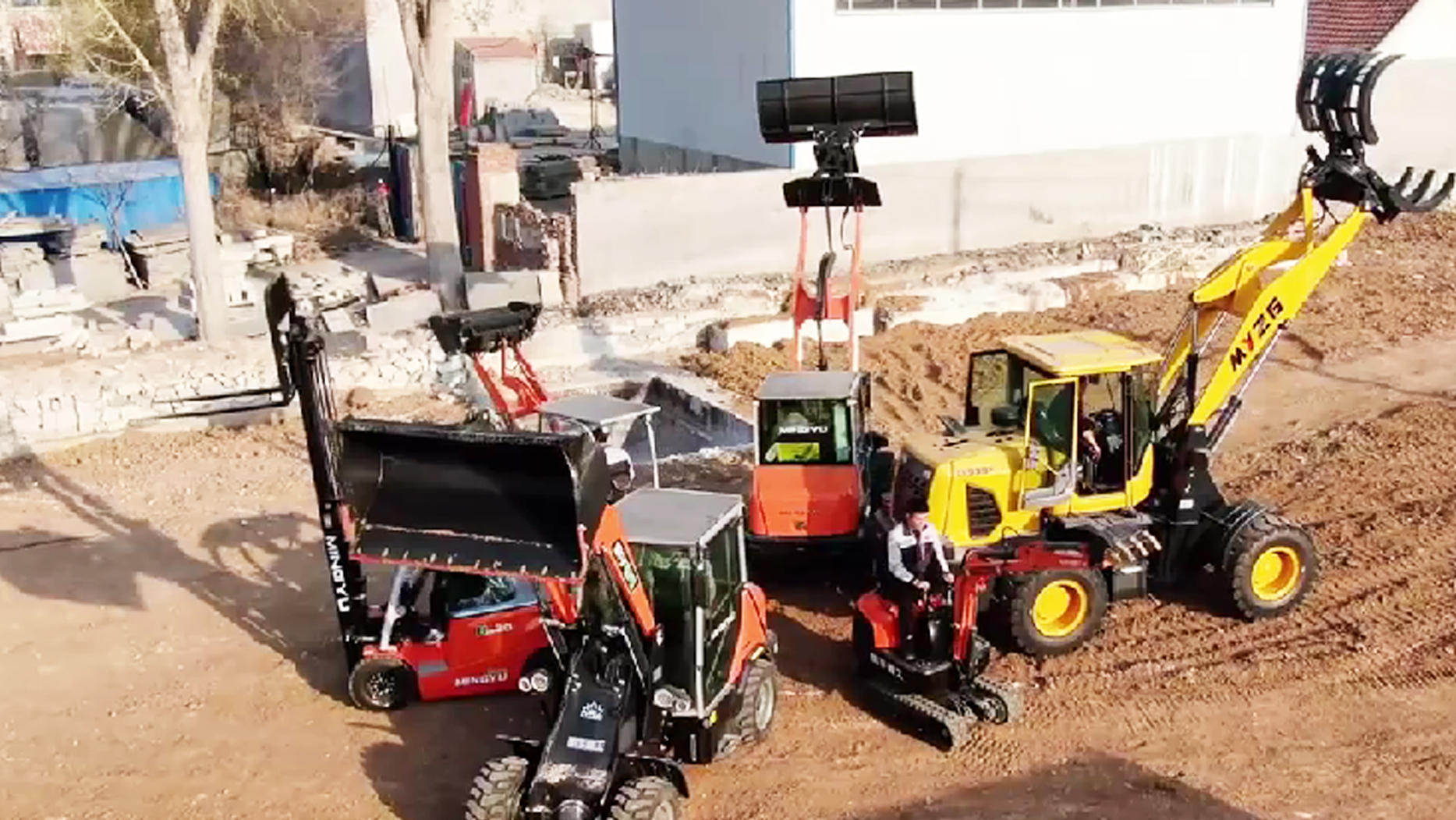1. Introduction
Electric forklifts have become increasingly popular in industries that require efficient, environmentally friendly material handling solutions. Unlike their internal combustion counterparts, electric forklifts rely on battery power to perform tasks like lifting, moving, and stacking materials. As more businesses transition to electric forklifts for their clean energy benefits, understanding how these machines are powered is crucial. One of the key components of an electric forklift is its battery setup. In this article, we will explore how many batteries an electric forklift typically uses, the factors that influence battery requirements, and the different types of batteries used in these machines.
2. Basic Overview of Electric Forklifts and Their Power Sources
Electric forklifts differ from traditional internal combustion forklifts by relying on electric power to operate. Instead of using fuel like gas or diesel, electric forklifts use a battery, which stores electrical energy to power the motor. The role of the battery is critical—it powers the electric motor and other components of the forklift, allowing the operator to lift and move heavy loads. The choice of battery is also important because it directly affects the forklift’s performance, including its range, lifting capacity, and runtime.
Electric forklifts can be broadly categorized into 3-wheel and 4-wheel configurations, with varying battery requirements based on the size and load capacity of the forklift. Smaller, lighter forklifts might use fewer or smaller batteries, while larger industrial models require more batteries or larger battery packs to meet power demands.
3. Typical Battery Configuration for Electric Forklifts
The typical battery configuration for an electric forklift varies depending on the size, power requirements, and intended usage of the machine.
Standard Setup: Most electric forklifts have a single large battery pack that provides the necessary power for the machine. This battery pack may consist of several smaller battery cells grouped together to meet the forklift’s voltage requirements. For smaller forklifts, a 24-volt or 36-volt battery system is common, while larger forklifts often use 48-volt, 72-volt, or even 80-volt systems.
Forklift Size and Capacity: The number of batteries required depends on the size and weight capacity of the forklift. Small electric forklifts typically use a single battery pack, while medium to large forklifts may require additional battery packs to provide sufficient power for longer shifts and heavier loads.
Battery Count in Industrial Models: Larger forklifts used in heavy-duty applications often have multiple battery packs. This allows for extended operational time and more power to lift heavy loads. These models often use multiple 48-volt or 72-volt batteries to meet their energy demands.
4. Factors Influencing Battery Requirements
Several factors can influence the number of batteries required in an electric forklift:
Forklift Size and Weight Capacity: Larger forklifts with higher weight capacities need more power to operate efficiently. This can increase the number of batteries required, especially for long shifts or heavy-duty lifting.
Duration of Use: If a forklift is used for long hours in a shift or is continuously in operation, it may require a larger or multiple battery packs to ensure it doesn't run out of power mid-shift.
Environmental Conditions: Operating in extreme temperatures (cold or hot) or in environments with high humidity can affect battery performance. This may require forklifts to have extra batteries or specialized batteries that can handle such conditions.
Charging Infrastructure: The ability to swap or charge batteries easily is a key consideration when determining how many batteries a forklift needs. Operations with advanced charging systems may allow for quick swapping of batteries, reducing the reliance on a single battery pack.
5. Types of Batteries Used in Electric Forklifts
There are two primary types of batteries used in electric forklifts: lead-acid and lithium-ion.
Lead-Acid Batteries: These are the most common type of battery used in electric forklifts, primarily due to their lower upfront cost and widespread availability. Lead-acid batteries come in a variety of sizes and configurations, and their relatively low cost makes them a popular choice for many businesses. However, they are heavier and require more maintenance than lithium-ion batteries, and they tend to have a shorter lifespan.
Lithium-Ion Batteries: Lithium-ion batteries are becoming increasingly popular due to their longer lifespan, faster charging times, and lighter weight. These batteries are more expensive upfront but can be more cost-effective over the long term due to lower maintenance needs and higher energy efficiency. Lithium-ion batteries also have a greater depth of discharge, meaning they can be used for longer periods before needing a recharge.
6. Number of Batteries in Different Forklift Models
The number of batteries an electric forklift uses depends largely on the forklift's size and power requirements.
Small Electric Forklifts: For compact forklifts, typically used in warehouses or retail settings, a single battery is often sufficient. These forklifts usually operate on 24-volt or 36-volt systems, and the battery pack is typically composed of several smaller cells grouped together.
Medium and Large Forklifts: Medium to large forklifts that handle heavier loads or work longer shifts typically use larger batteries. These forklifts may have multiple batteries connected together, often running on 48-volt, 72-volt, or even 80-volt systems. These forklifts are commonly used in industrial environments, distribution centers, and large warehouses.
Heavy-Duty Forklifts: For very heavy-duty applications, such as in construction or large manufacturing facilities, electric forklifts may use multiple battery packs. These forklifts require more power and longer operation times, making multiple battery systems necessary for optimal performance.
7. Battery Charging and Maintenance Considerations
Battery life and charging practices are critical in maintaining electric forklift performance.
Charging Time and Cycles: Lead-acid batteries typically take longer to charge and require regular maintenance to ensure they last their full lifespan. Lithium-ion batteries charge faster and have fewer maintenance requirements, making them ideal for operations with high uptime requirements.
Swappable vs. Non-Swappable Batteries: Some forklifts are designed for battery swapping, allowing businesses to quickly replace drained batteries with fully charged ones. This reduces downtime and extends operational hours. Non-swappable systems require forklifts to return to charging stations, which can result in longer downtimes between shifts.
Maintenance: Regular battery maintenance, such as checking fluid levels for lead-acid batteries and ensuring proper charging practices, is essential to prolonging battery life.
8. Advantages and Disadvantages of Multiple Batteries
There are pros and cons to using multiple batteries in an electric forklift.
Advantages:
Longer runtime: Multiple batteries can extend operational hours, reducing the need for frequent recharging.
Flexibility: Multiple batteries offer greater flexibility for operations that require extended shifts or heavy-duty lifting.
Load distribution: Distributing power across multiple batteries can help balance the load, improving forklift stability.
Disadvantages:
Increased complexity: Having multiple batteries adds complexity to the forklift’s design and maintenance.
Higher costs: More batteries mean higher initial costs and potentially more frequent replacement.
Space requirements: Multiple batteries can take up more space in the forklift, potentially reducing the area available for the load.
9. How to Choose the Right Battery Configuration for Your Operation
Choosing the right battery configuration depends on several factors:
Usage Frequency: If the forklift is used for long hours in a shift or for heavy lifting, multiple batteries or larger capacity batteries will be necessary.
Battery Type: Choose between lead-acid and lithium-ion based on budget, maintenance requirements, and operational needs.
Operational Needs: Consider the size of the forklift, the weight of the loads, and the environmental conditions where it will be used.
10. Future Trends in Electric Forklift Batteries
The future of electric forklift batteries is leaning toward advancements in battery technology.
Solid-State Batteries: These could potentially offer higher energy densities and faster charging times than current lithium-ion batteries.
Hydrogen Fuel Cells: Although still emerging, hydrogen fuel cells could offer a viable alternative to batteries, especially in heavy-duty forklift applications.
Battery Recycling: As the use of electric forklifts grows, recycling programs for batteries are expected to improve, reducing the environmental impact.
11. Conclusion
Electric forklifts are a powerful tool for businesses looking to improve efficiency and reduce environmental impact. The number of batteries required depends on several factors, including forklift size, power requirements, and usage patterns. By understanding battery types, configurations, and maintenance needs, businesses can make informed decisions that maximize their investment in electric forklifts.
Post time:Apr.11.2025



